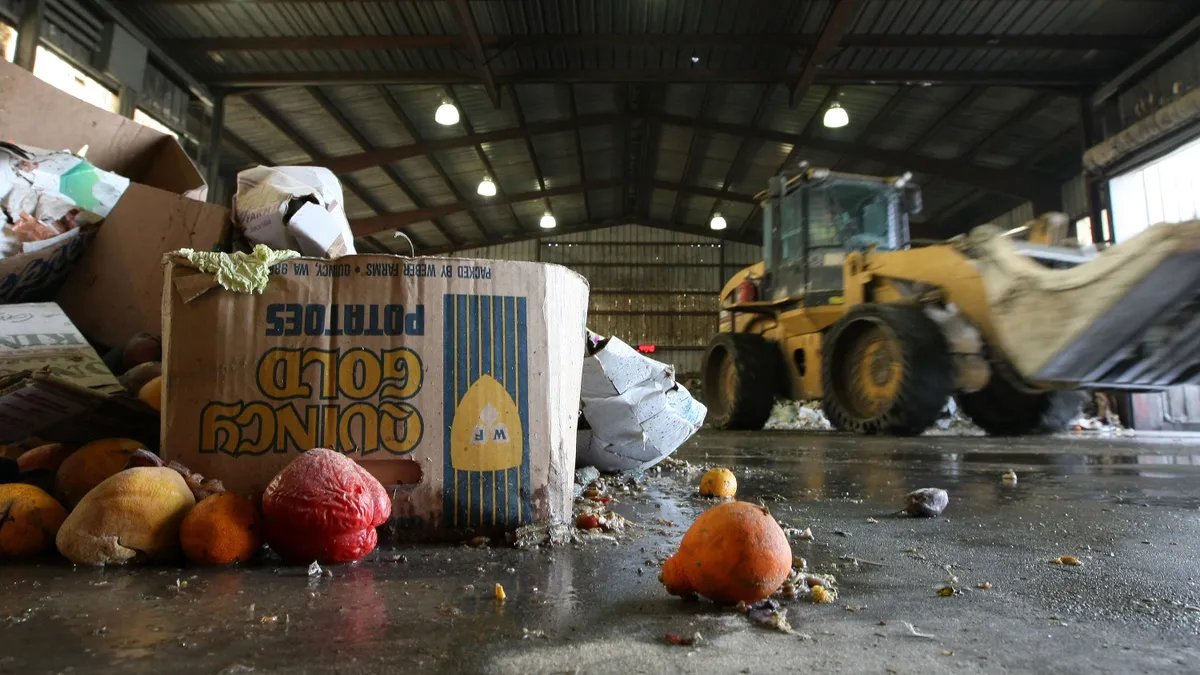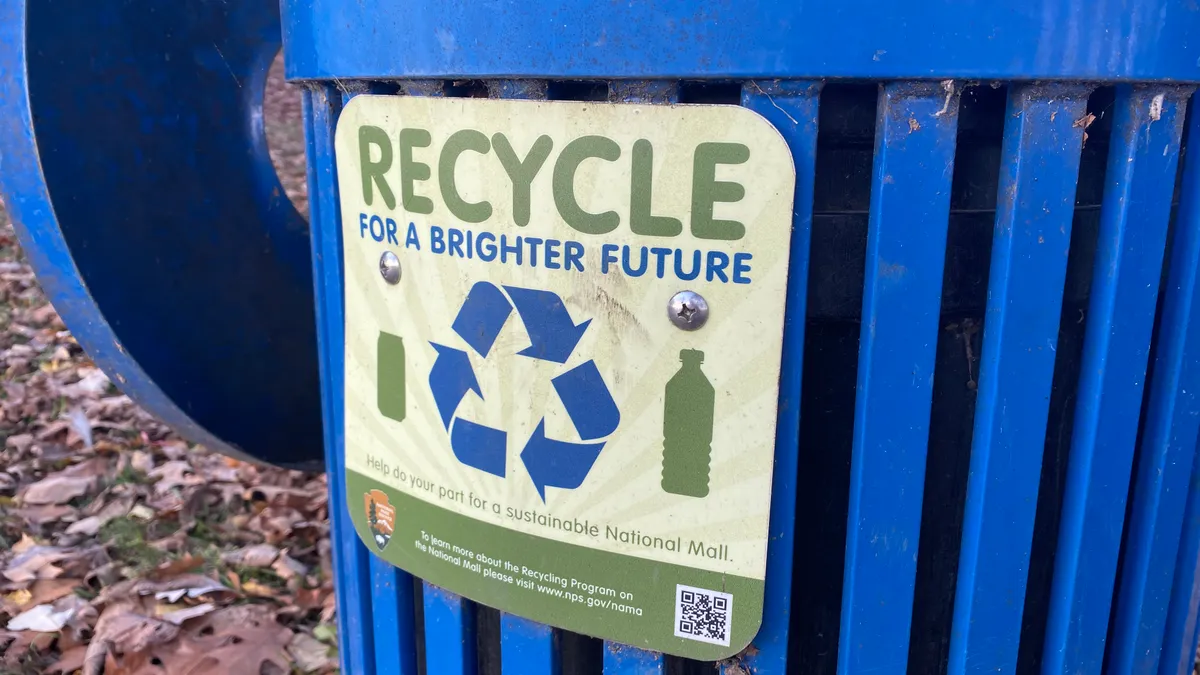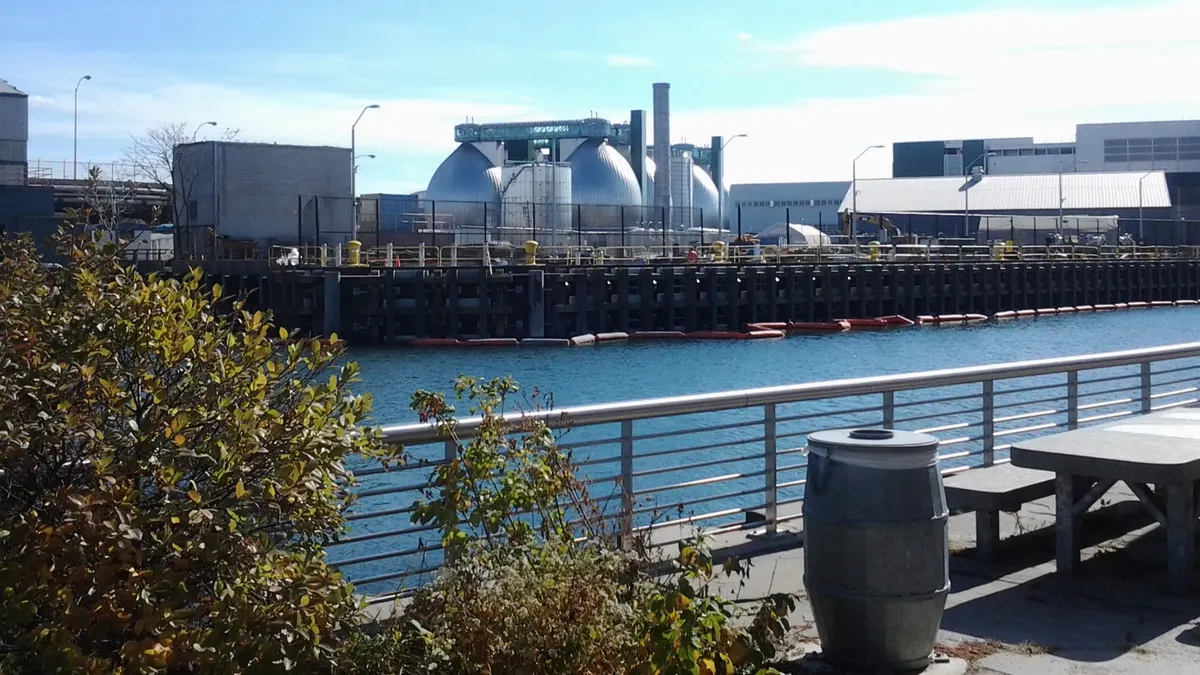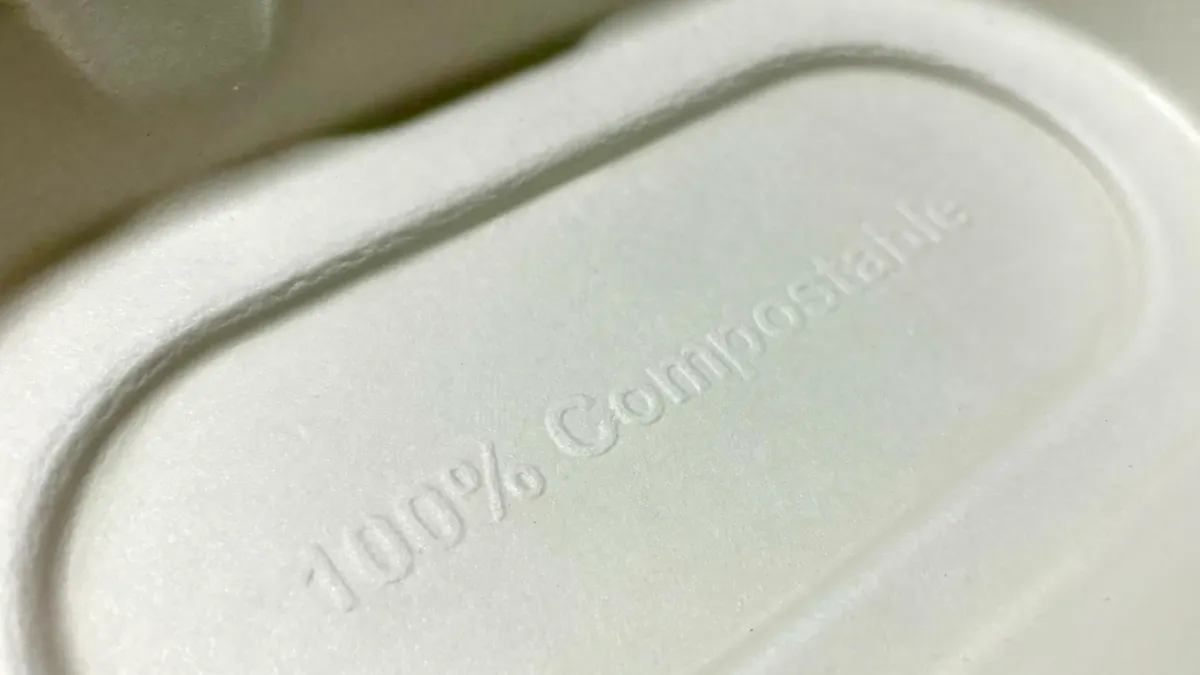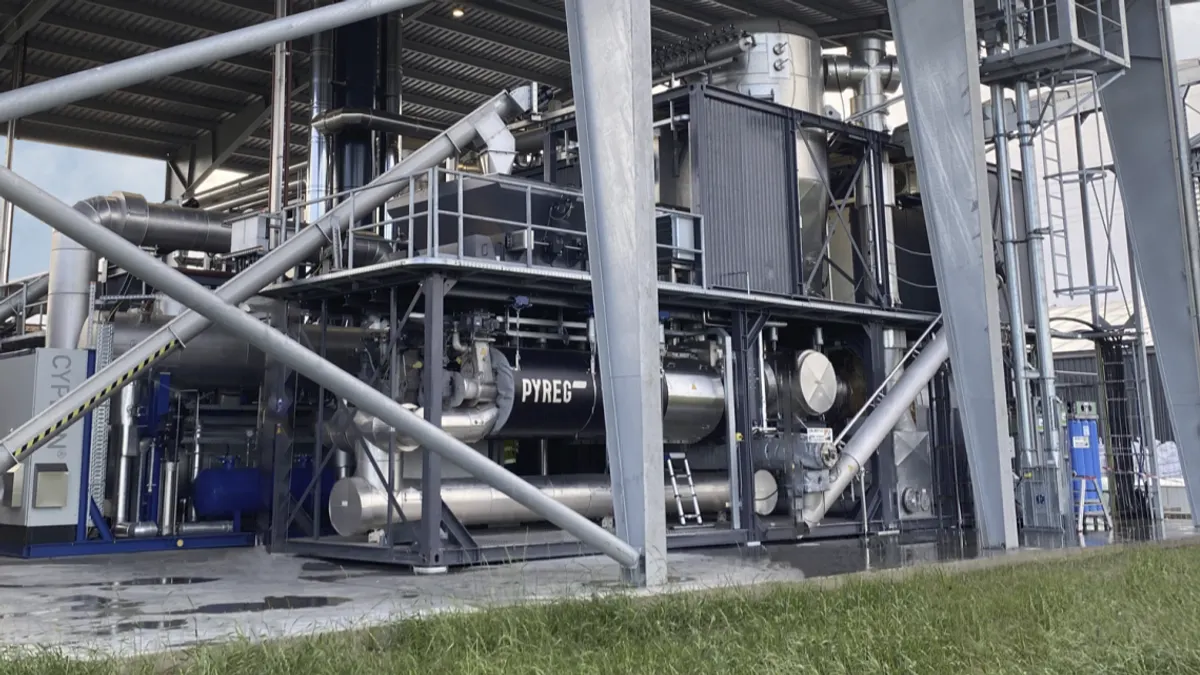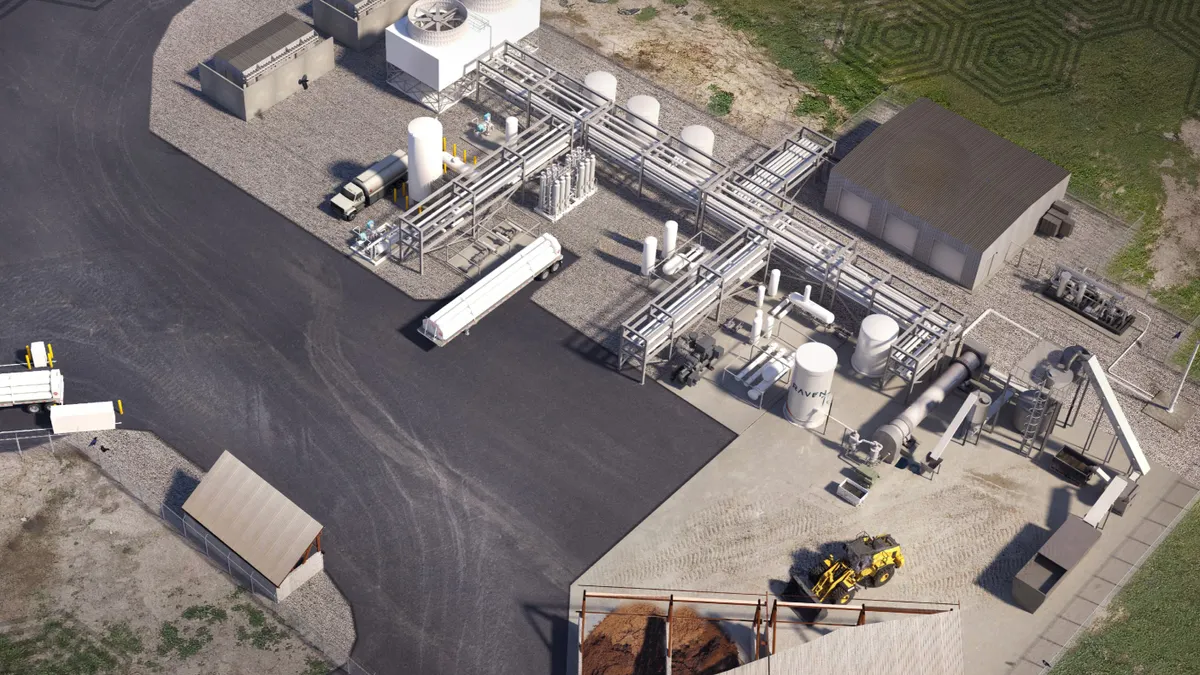In the nearly seven years since the U.S. EPA and Department of Agriculture set a federal goal of cutting food waste in half by 2030, the amount of research, investment and awareness around tackling this issue has grown exponentially. Now, as the date for that and so many other sustainability commitments draws closer, stakeholders say it's time to move even faster from awareness to action.
Back in 2012, while working as a scientist at the Natural Resources Defense Council, Dana Gunders wrote a seminal report outlining the financial and environmental implications of food waste. The 2015 launch of ReFED — a collaboration of industry, nonprofit, foundation and government leaders — marked another key milestone as the group began outlining a road map for the costs and benefits of tackling specific segments of the food waste challenge.
Gunders joined ReFED as interim executive director in late 2019, before taking on the role officially in March 2020. Today, the nonprofit group is a key source of information for tracking food waste-related finance and policy trends and has also been driving investments of its own. Waste Dive recently spoke with Gunders about federal policy updates, supply chain challenges, rising food prices and what it will take to see meaningful progress toward 2030 food loss and waste reduction goals.
The following interview has been edited for length and clarity.
WASTE DIVE: We're a year-plus into the Biden administration and the current Congress. From my assessment, not much has necessarily happened in terms of direct action. What do you think people should take away on food waste progress at the federal level in the past year?
DANA GUNDERS: With the Biden administration we've seen a more open mind and more commitment to food waste reduction along with all of those other climate issues we're seeing. In terms of Congress, there have been promising bits and pieces but no deal has been sealed. The most promising was the pickup of the Zero Food Waste Act and the COMPOST Act into the Build Back Better Act, but with that we've seen the funding get whittled down and now it's unclear what will actually get passed.
So I would say from a legislative perspective we're not any further along than we were at the start of the administration, unfortunately. But there is promise in that we are seeing more things introduced, [like those two bills] and the Food Donation Improvement Act.
At the executive level, however, there is quite a bit of movement within the agencies to do more on this issue. I hope that we will soon see quite a bit more funding and activity from both EPA and USDA.
Last year EPA revised the methodology for that 2030 goal to focus more on prevention and recovery. Was that something that had already been in the works, or was that a direct decision by the new leadership?
That was definitely something that the door was opened to under the new leadership. I don't believe that was already in the works. That is something we can point to as a concrete step that hugely increased the ambition of an already ambitious goal. So I do give them a lot of credit for sticking their neck out and saying, "we are going to do this even though we know it's going to make it a lot harder to meet the goal, but we believe it's the right way to do it." It has us playing a little better in the international sphere.
They also — and this did start in the last administration — have spent quite a bit of time just trying to figure out how do they measure what they would call wasted food instead of just landfill diversion. So they've struggled with that, but that was a preamble to being able to come out and say they have a new interpretation to the goal.
ReFED has consistently said the farther upstream you go the better, in terms of investment spent and climate impacts. Does this EPA update at all change the case for investment in downstream recycling infrastructure?
I've had similar conversations with EPA about what is the change exactly and they've been pretty clear that it won't necessarily change the program they have currently. There will always be banana peels, there will always be bones, there will always be food scraps. So despite the fact that it's not included in this interpretation, they still have an aim towards diverting food waste out of landfills. I think in the future you could see perhaps emphasis of grant programs more focused on prevention, but I don't know that we'll see anything taken away from efforts to, for instance, build out composting infrastructure.
We've been seeing food recovery and prevention further emphasized in IPCC climate reports and state policies. Do you think the growing focus and urgency on climate change helps this case?
Absolutely. We are seeing a lot of interest come to us via the climate angle, whether you're talking about companies wanting to get more engaged on this topic or maybe cities who have a climate action plan in place and are starting to look at this as one of the ways they can reach climate goals. Now we're seeing the [Securities and Exchange Commission] come out with the potential climate disclosure requirements. All of that is leading towards generating more interest in food waste reduction.
[Recent IPCC reports], what's happening in Ukraine right now, it's just increasing the pressure on the food system. We're looking at issues of rising prices and food shortages and complex supply chain dynamics, along with an already disrupted supply chain. When you put that all together it just reinforces the concept and the incentive to be using our food better. Once you finally get the thing to where it needs to go it's hard to get another shipment in so let's use it. It costs more to get it here, the value is higher now.
At the same time, what we're seeing with those same supply chain disruptions is that in a lot of cases they're actually leading to more waste because something is sitting at a dock for too long, or there's not a truck to take it from one place to another and its shelf life is wasting away with every day. There's more incentive to use food well and to not waste it. From a logistics perspective, that's gotten even harder.
Turning to investment trends, ReFED has been tracking a lot of data on new startups and also working with groups like Google and the Upcycled Food Association to offer additional funding opportunities. Does any of that get at addressing what you just described, or does it help a different part of the supply chain?
I feel like I can't go a week or two without seeing another company that is working on food waste prevention or reduction in some way getting a multi-million-dollar investment. That absolutely was not the case even just a couple years ago. So that's really exciting to see. As those companies prove themselves to be real effective business models, I think we'll see that investment continue to grow.
Do some of those investments directly affect current logistics challenges? Some could. For instance, if you're using AI to better predict forecasting and if you're using sensors to track how long a pallet has been exposed to temperature and you're better able to route that, then — assuming you have a truck — you might be able to make better decisions as to where that product is going to go.
Some of those solutions are helpful. They're not necessarily directed at helping the current challenges, which are, again, very logistical in nature in terms of shortages of truck drivers and ships turning around and going back to China before farmers are able to get their exports to the dock. But they certainly are helping with the greater challenge of, for instance, increasing food prices to the extent that every time you buy an apple you're paying for a certain percent of apples that went to waste along the food chain.
ReFED data shows private investments grew in 2021 to around $4.8 billion, but ReFED also estimates it may require more like $14 billion a year to really address the food waste issue. What do you think it takes to scale this up and what would that look like?
It's important to know that about half of that $14 billion is actually internal investment that's going to be required by the industry into their own supply chains. Some of these startups that are getting investment by venture capital ultimately are going to be trying to sell their solutions into food companies. Those food companies are going to need to invest in those solutions.
If you back up from a societal perspective, yes, $14 billion needs to be invested, but there will be returns of about $73 billion — so about a five-to-one return. Now, that's not true for every single individual investment. But point being about half of that is corporate finance. It's companies building AI into their inventory management systems, it's signing up with a company that is now offering flash sales to [sell off] a product they have at the end of the day and the cost of integrating that into their system.
That is where we need quite a bit of investment over the next decade and it's an area that's really hard for us to track. I don't think we really know how much of that is already happening or not. It doesn't get reported in the same way that a Series A in a particular company might get reported.
The other area is in innovations and household food management. Consumers — you, me, the other 329 million of us in our homes — contribute more food waste than any other sector. That is a nut that has not been cracked at all yet.
I'm not sure we have the silver bullet. Could there be government investment in a widespread consumer awareness and education campaign to just set the cultural foundation for this idea that wasting food is not a good thing, it's something you can change? Getting that information out there does seem to have been effective in other countries. That's one way. Another is having companies and their design teams to have packaging that can help people waste less. Could we reinvent the refrigerator in a way that might lead to that?
Upstream prevention and recovery doesn't receive as much attention versus collection in the waste and recycling sector, but there's also some debate about how many people you can get to participate in a food scrap diversion program. What are your thoughts on how to prioritize these efforts moving forward?
Ultimately, we need both. While it is lower on the hierarchy, a mandatory recycling opportunity for people, I think there are a lot of people who will opt in. It may take some time, but certainly those people are not going to be composting in their backyards or in their apartments. It's something that starts to become a habit after a while. It may take some time before that picks up in every household, but it's completely reasonable to envision a future where every community has some kind of food scrap collection option alongside their waste collection.
It's not just avoiding methane in landfills, but also improving soil — especially if it can be used by farmers sort of recycle those nutrients back in the food system. I just recently read something about all the challenges California may have looking forward, because they're not necessarily ensuring the quality of the compost is good enough for farming. So that's something that we need to pay a lot of attention to as we're rolling out these required diversion programs, that we're doing it in a way where the product is going to be useful.
Having said all of that, prevention is certainly my passion, [and] it's the angle that I'm always thinking about. It is tricky to require as a local government. But I get really excited about, for instance, Alameda County out in California has a small fee on their waste that funds prevention. That's a really interesting model for a lot of other local jurisdictions to consider. They can use that money to subsidize technology adoption, to fund pilots, give out grants, fund rescue coordinators who are actively making sure rescue is happening.
We've come quite a ways since your early work at NRDC and when the EPA goal was set in 2015. Where would you place us in the continuum of food waste work long-term?
One of the most promising things that's happened in the last year is having so many more companies commit to a food waste reduction goal. We have seen so much more corporate interest and corporate commitment. So the phase we're in is these commitments have been made and now people are trying to figure out how to do it.
In early days of working on this issue I felt like I was just standing on top of mountaintops trying to talk to anyone who would listen that this is a problem. Then it turned, right around the time that first ReFED report came out, to really look at what do we do and what do we do first. But that was still more of a theoretical exercise at that point. It took some years for businesses and governments to start thinking about, "okay, well, what can we actually do?"
Now, we're at that point where there's a critical mass that has committed to doing something on this — and often that something is that 2030 goal — but they don't necessarily know exactly how they're going to do it. So in my mind that puts us at a very rubber-meets-the-road moment. I think we're in this very realistic moment and it's exciting. My hope is that people are not too proprietary about it and that as everyone is trying different things they can share so that we can all learn together and act quickly.


